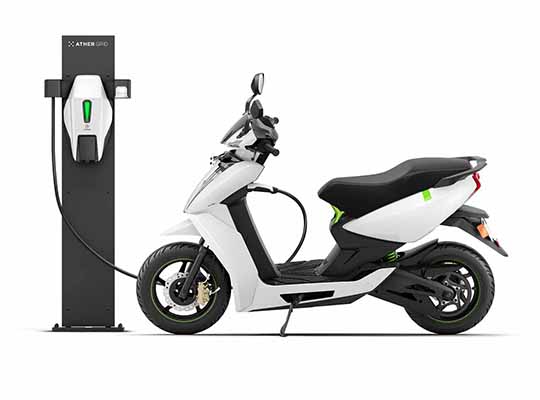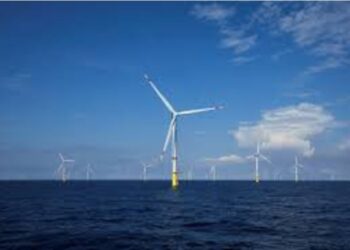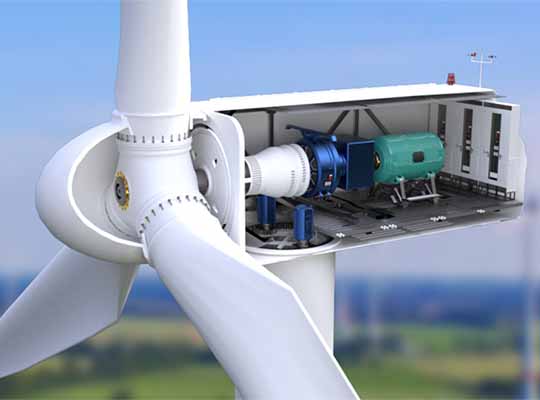SELBYVILLE – The e-bikes market size is anticipated to record a valuation of USD 50 billion by 2027, according to the most recent study by Global Market Insights Inc. The market is expected to show a significant growth owing to increasing consumer preference toward recreational activities and the proliferation of electric bike rental platforms. The increasing adoption of e-bikes due to rising fuel costs is also contributing to market growth.
The COVID-19 pandemic positively impacted the e-bikes market across the globe. Rising health insecurities and concerns related to the spread of the virus in public transport, such as subways and buses, drove the consumer shift toward e-bikes. The market is expected to witness an upward trend through the coming years.
The availability of established players and increasing youth interest in trekking & recreational activities are driving the market growth for e-bikes in North America. Established players focusing on entering the e-bike segment will provide a positive outlook for the electric bike in the U.S. For instance, in September 2021, Harley-Davidson announced to launch its first e-sell bike Serial 1 by 2021 end. Moreover, in September 2021, Cowboy, an electric bike manufacturing company, expanded its operation in the U.S. with the launch of the new model C4. This model is equipped with various technologies such as crash detection, theft detection, and wireless phone charging systems.
Industry players in the e-bikes market are adopting various business and market strategies, including partnerships, new product launches, acquisitions, and advertisements, to accelerate their product sales. For instance, in July 2021, Stealth Electric Bikes partnered with Vmoto Soco International subsidiary Vmoto Soco Italia to increase its sales in Italy. With this partnership, both the companies will outline the advertising & sales strategies as well as establish aftersales service centers for e-bikes in the region.
Some major findings in the E-bikes market report include:
- Supportive government initiatives and increasing consumer preference toward e-bike usage as personal mobility services are driving the market growth in North America. The COVID-19 pandemic has created the importance of using private transport to curb virus transmission, further driving the industry’s growth.
- Rising cycling tourism and stringent government regulations against fuel-powered vehicles are creating market expansion opportunities in Europe. Additionally, governments are providing incentives and tax concessions on the purchase of new e-bikes, creating a favorable environment for e-bikes in the region.
- The proliferation of e-bike startups and increasing number of two-wheeler users are fueling e-bikes sales in the Asia Pacific region. Furthermore, OEMs are expanding their new offline stores in the region to increase their net sales, contributing to industry growth.
- The availability of customizable e-bikes and OEM initiatives, such as partnerships & collaborations, to strengthen their market position are accelerating e-bike demand in the MEA region. Appealing designs and growing off-road activities in desert areas will further propel e-bike adoption in the region.
- Rising fuel costs and increasing e-commerce automotive companies are accelerating the e-bike sale at a significant pace in Latin America. Additionally, technical advancements in e-bikes will create robust growth opportunities for the market in the region.
- Key players operating in the e-bikes market include Van Moof, Schwin (Pacific Cycles, Inc.), Trek Bicycles, Nakto EBikes, Pedego, Inc., Lectric eBikes, Giant Manufacturing Co., Ltd., Aventon, Electric Bike Technologies, Inc., and Alta Cycling Group.
Partial chapters of report table of contents (TOC):
Chapter 3 E-bikes Market Insights
3.1 Industry segmentation
3.2 Impact of COVID-19 on industry landscape
3.2.1 Global outlook
3.2.2 Regional impact
3.2.3 Industry value chain
3.2.3.1 Research & development
3.2.3.2 Manufacturing
3.2.3.3 Marketing
3.2.3.4 Supply
3.2.4 Competitive landscape
3.2.4.1 Strategy
3.2.4.2 Distribution network
3.2.4.3 Business growth
3.3 Industry ecosystem analysis
3.3.1 Component suppliers
3.3.2 Technology providers
3.3.3 Manufacturers
3.3.4 End use landscape
3.3.5 Profit margin analysis
3.3.6 Distribution channel analysis
3.3.7 Vendor matrix
3.4 Technology & innovation landscape
3.5 Investment landscape
3.6 Regulatory landscape
3.6.1 ISO standards
3.6.2 North America
3.7 Industry impact forces
3.7.1 Growth drivers
3.7.2 Industry pitfalls & challenges
3.8 Growth potential analysis
3.9 Porter’s analysis
3.10 PESTEL analysis













